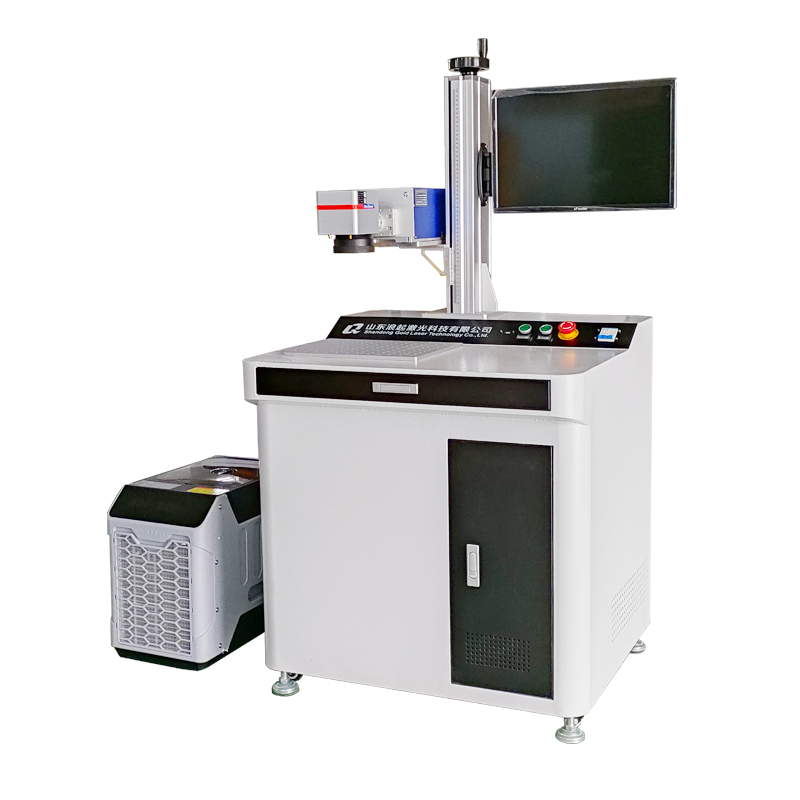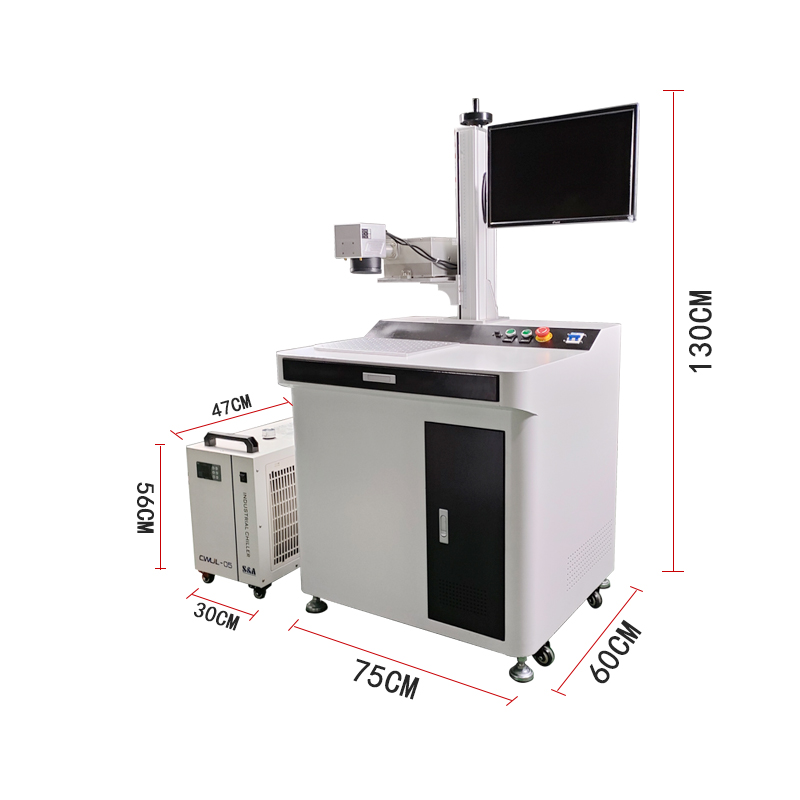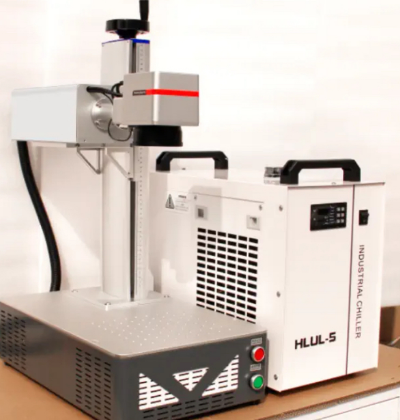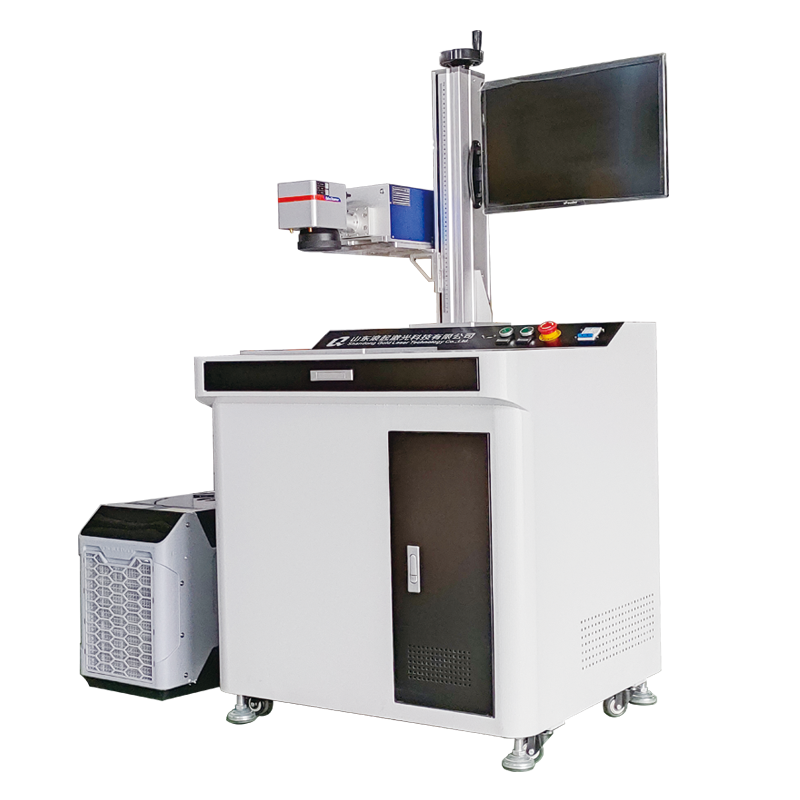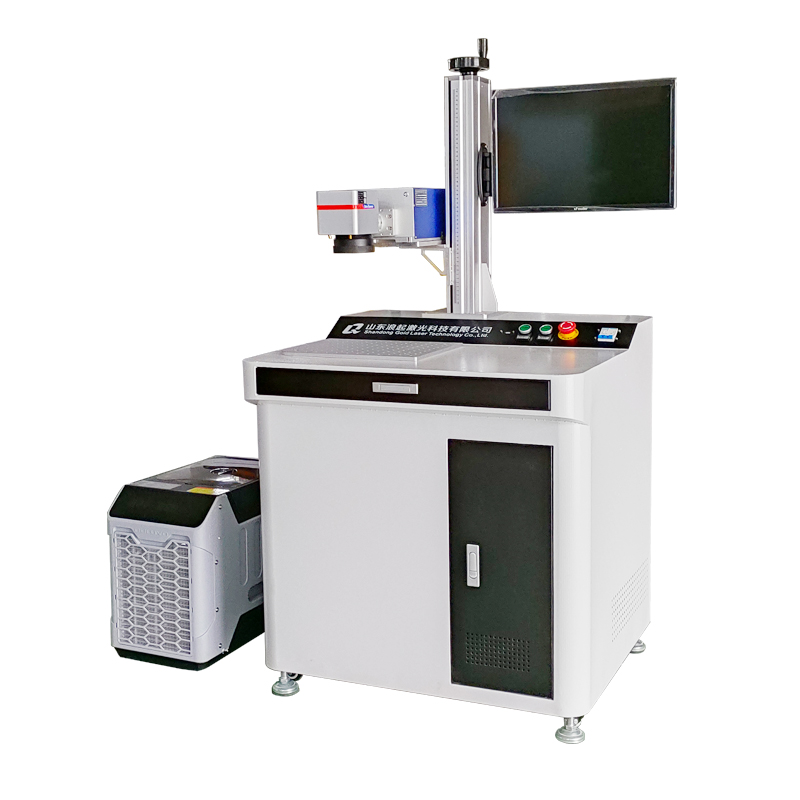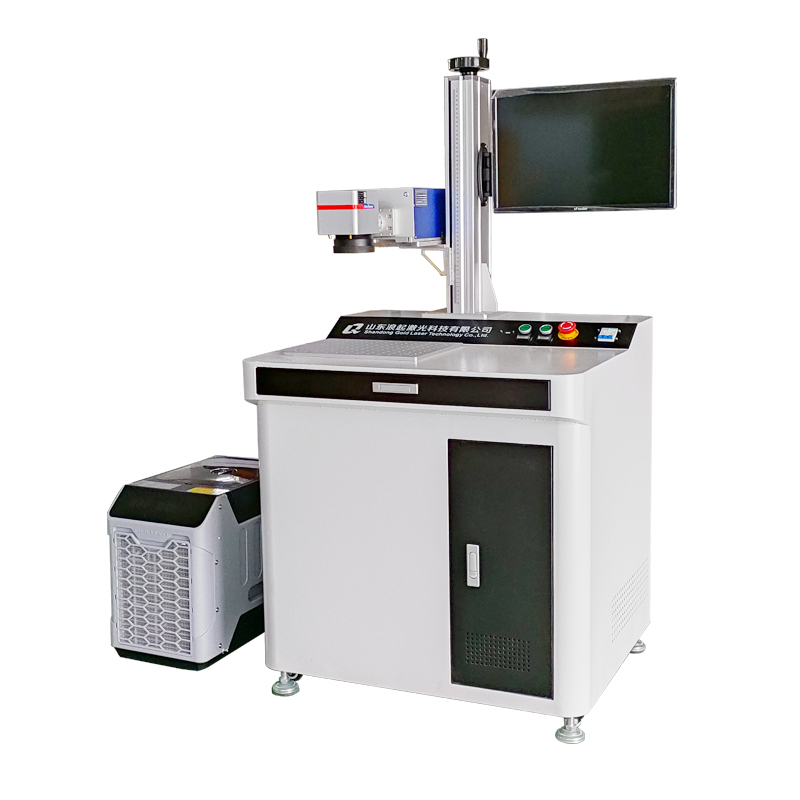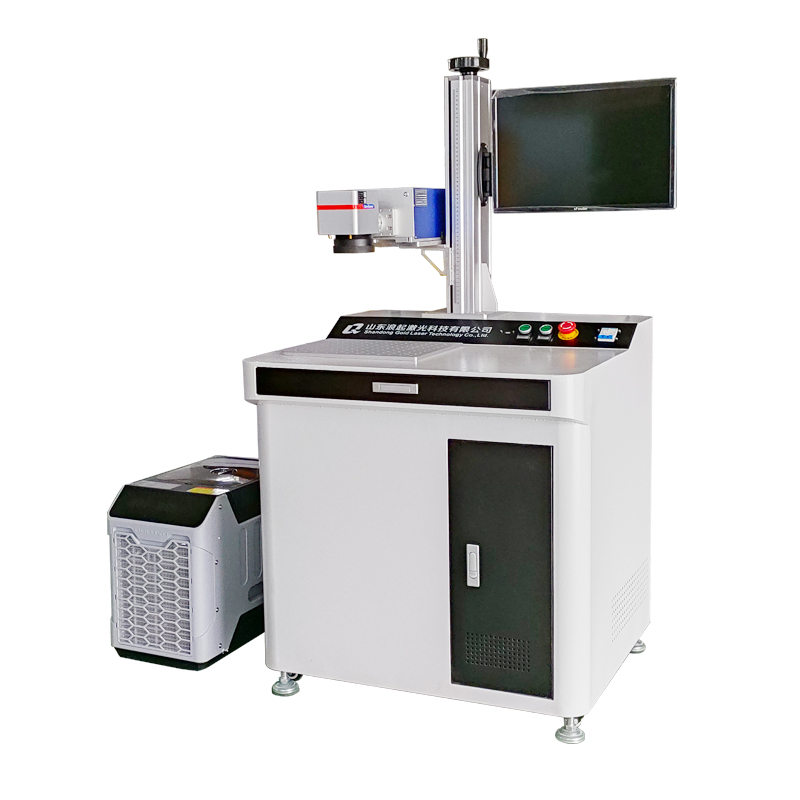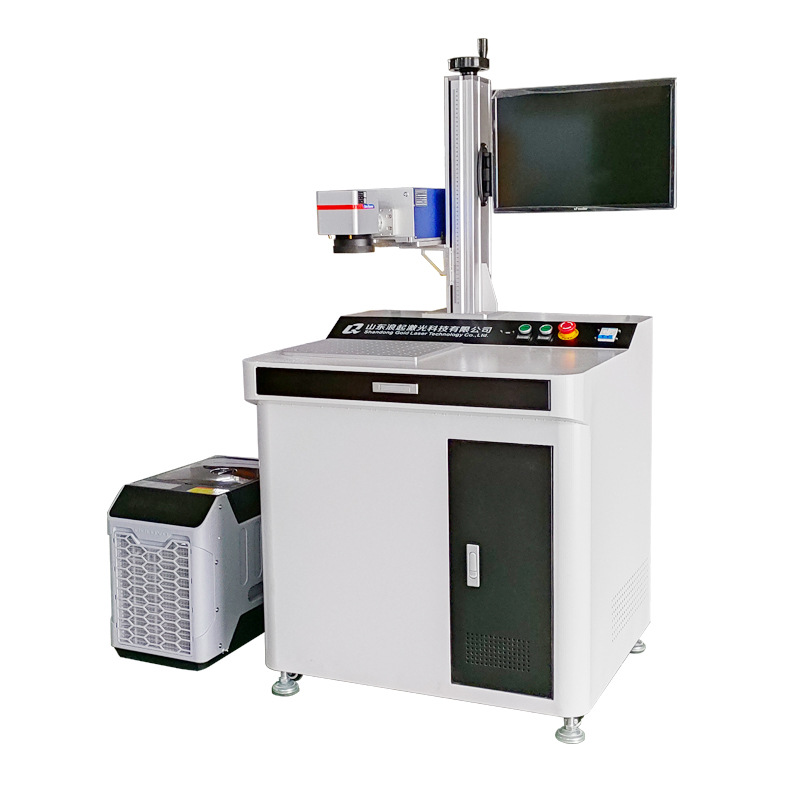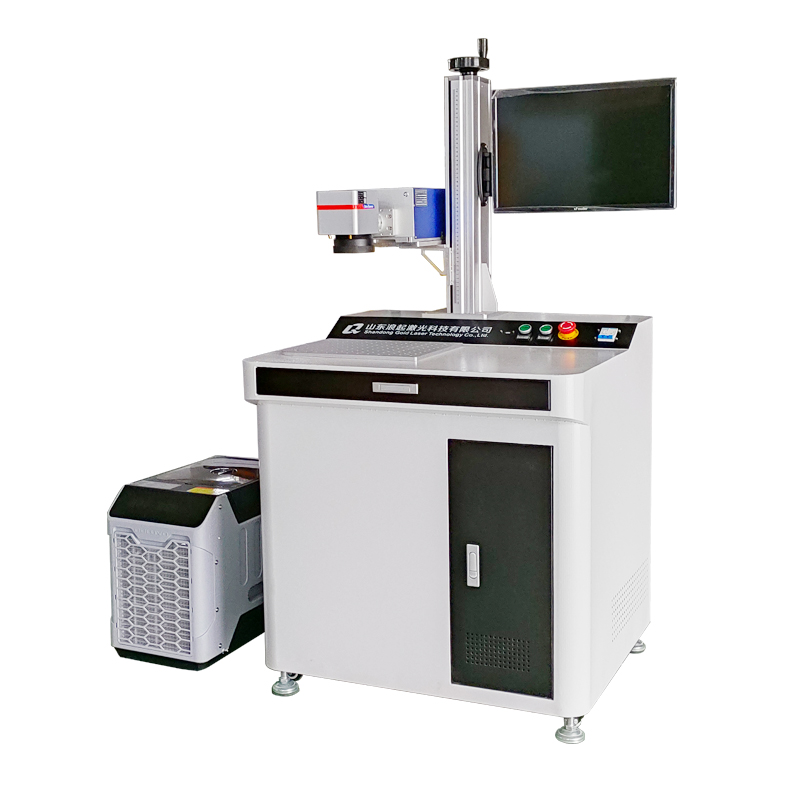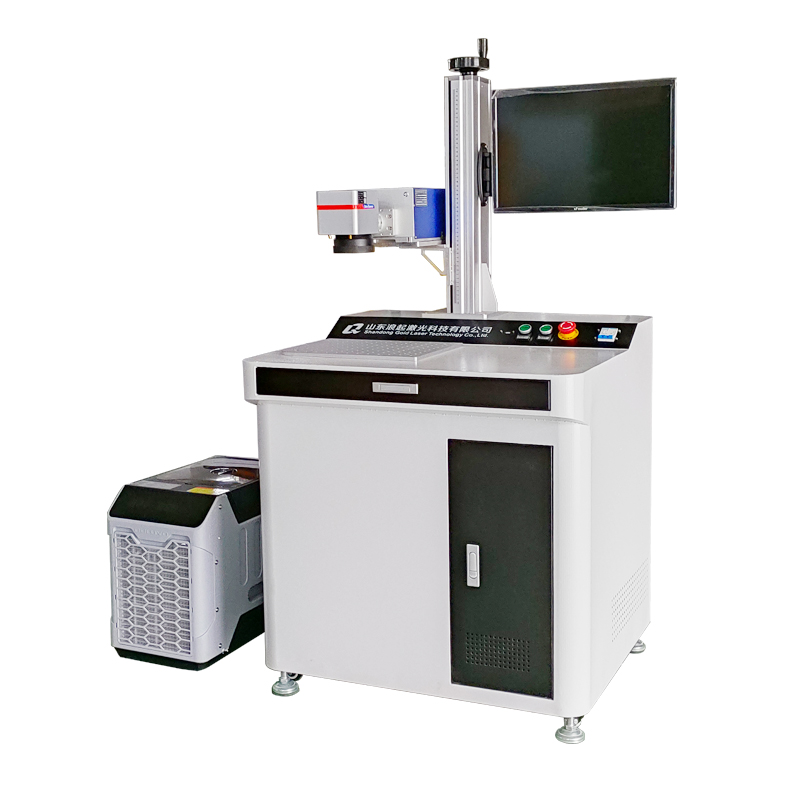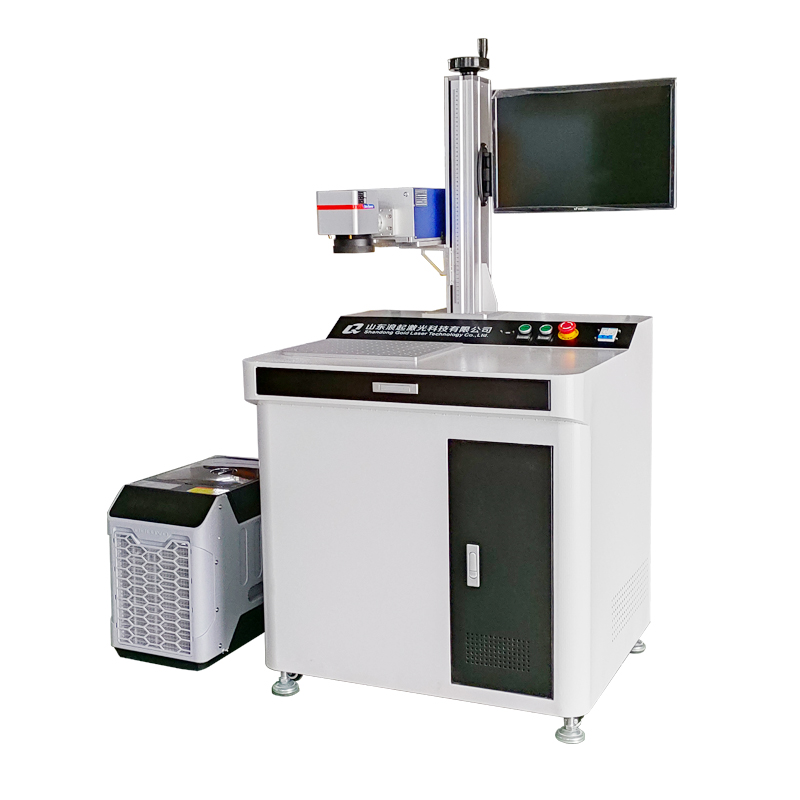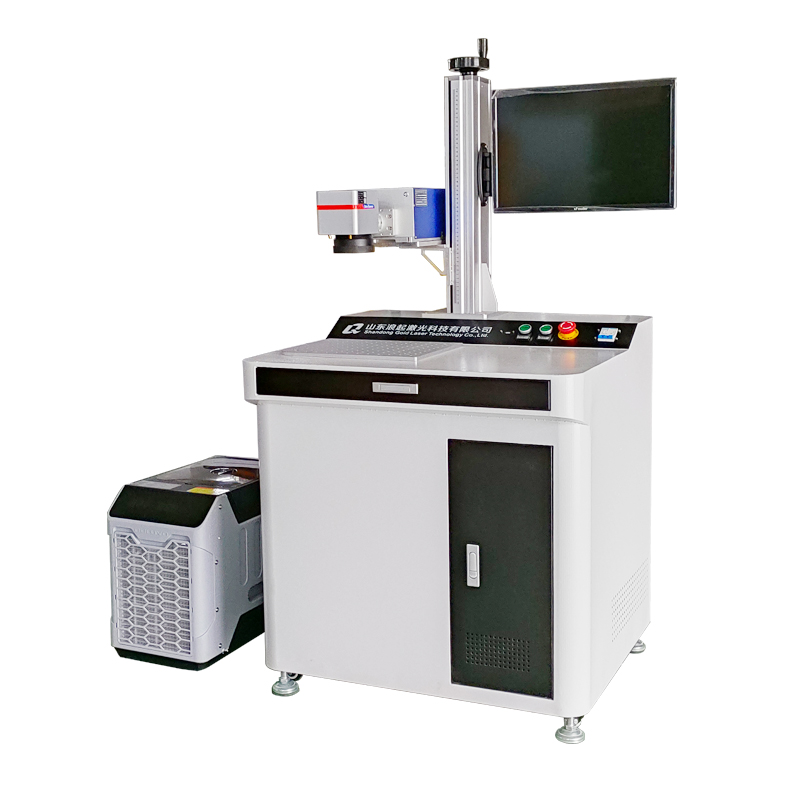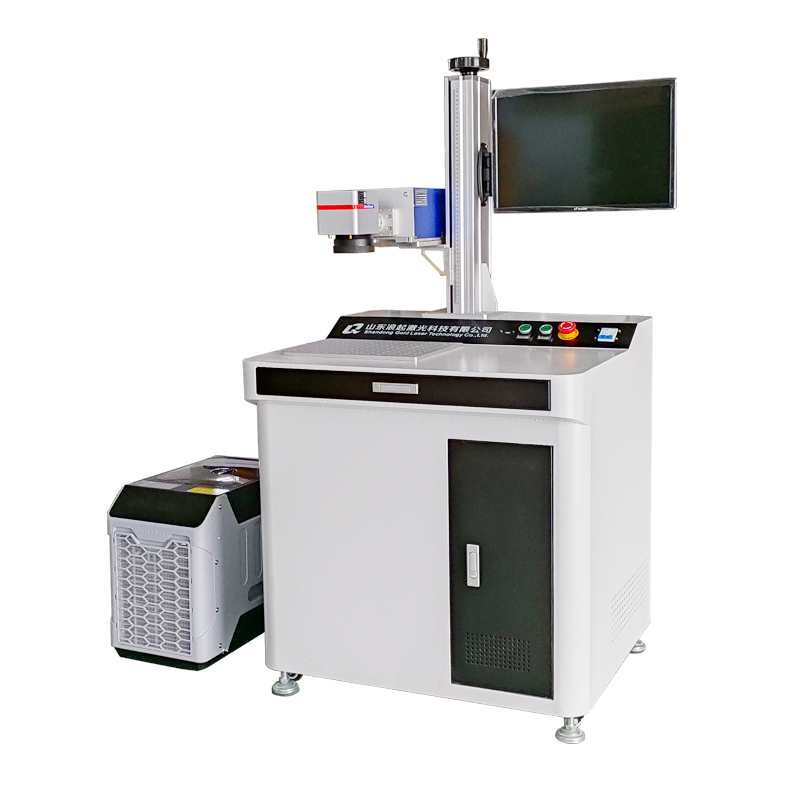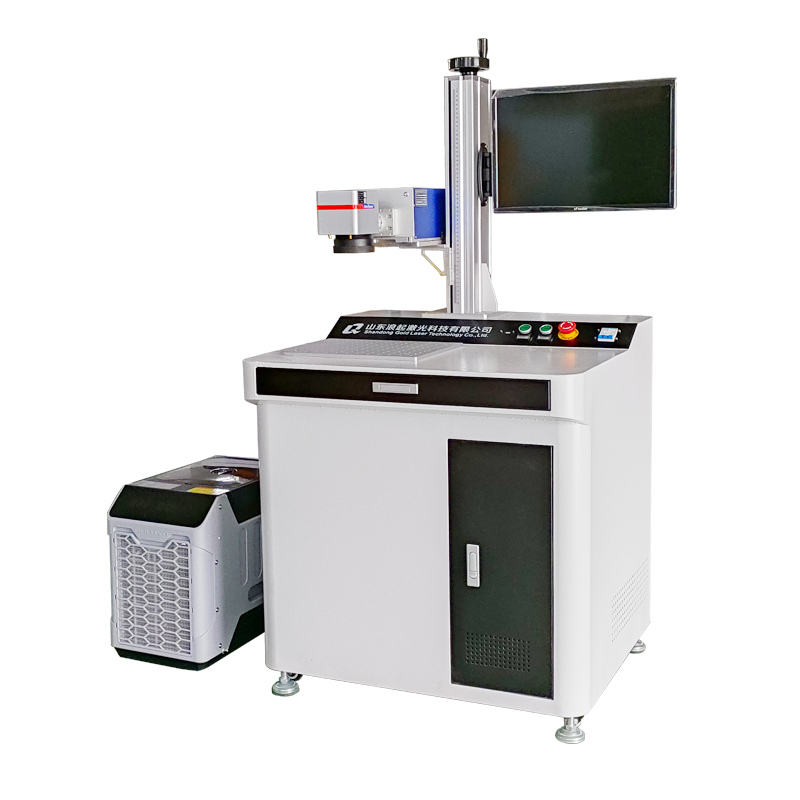Of course. Yes, UV lasers are excellent for marking metals, and they often provide superior results compared to more common fiber lasers in specific applications.
While fiber lasers (typically 1064nm wavelength) are the workhorses for most metal marking jobs, UV lasers (typically 355nm wavelength) offer unique advantages due to their fundamentally different "cold marking" process.
Here’s a detailed breakdown of how, why, and when UV lasers are used for metal marking:
How a UV Laser Marks Metal (The "Cold Mark" Process)
A standard fiber laser marks metal primarily through heat (thermal process). It heats the surface, causing annealing, melting, or engraving to create a contrast.
A UV laser, on the other hand, uses a photophysical process often called "cold ablation." The high-energy, short-wavelength UV photons:
Break Molecular Bonds: They directly break the chemical bonds in the material's surface layer without generating significant heat.
Ablate Microscopic Particles: This process removes tiny particles from the surface with extreme precision.
Create a High-Contrast, High-Resolution Mark: The result is a very clean, sharp mark with no heat-affected zone (HAZ), melting, or burrs.
Key Advantages of UV Laser Marking on Metal
Exceptional Precision and Resolution: The smaller wavelength allows for a much finer focal point. This is crucial for marking very small features, ultra-fine text, 2D data matrix codes (like those used in medical devices), and complex graphics with intricate details.
High Contrast on Various Metals: UV lasers can produce a strong, dark, or light mark on metals that are notoriously difficult to mark with fiber lasers, such as:
Stainless Steel: Very dark, annealed black marks.
Gold, Silver, Platinum, Copper: High-contrast marks without the thermal blooming or reflection issues that can plague IR lasers.
Anodized Aluminum: Can cleanly remove the colored anodized layer without damaging the underlying metal.
No Heat-Affected Zone (HAZ): Since the process is primarily cold ablation, there is no thermal stress, melting, or micro-cracking around the mark. This is critical for marking precision components like medical implants (e.g., pacemakers, stents) and aerospace parts where structural integrity is paramount.
Minimal Material Removal: The process ablates only a minuscule amount of material, making it perfect for surface-level marking without affecting tolerances or creating a tactile feel (you often can't feel the mark with your finger).
Comparison: UV Laser vs. Fiber Laser for Metal Marking
| Feature | UV Laser (355nm) | Fiber Laser (1064nm) |
|---|---|---|
| Process | Cold Ablation (Photophysical) | Thermal (Annealing, Melting, Engraving) |
| Precision | Extremely High (Ideal for micro-marking) | High (Excellent for most industrial marks) |
| Heat-Affected Zone | Virtually None | Yes (can cause melting or stress) |
| Mark Contrast on Reflective Metals | Excellent (e.g., Gold, Copper) | Can be challenging due to reflectivity |
| Marking Speed | Slower | Very Fast |
| Operating Cost | Higher (Consumables like diodes, crystals) | Lower |
| Primary Use Case | High-precision, medical, aerospace, electronics | General-purpose, deep engraving, high-speed |
Common Applications for UV Laser Metal Marking
Medical Devices: Marking surgical tools, implants, and instruments with unique device identifiers (UDIs) where precision and no HAZ are non-negotiable.
Electronics & Semiconductors: Marking microchips, PCBs, and connectors without damaging sensitive components.
Aerospace: Marking turbine blades and other critical components where stress cracks induced by heat are a major concern.
Jewelry: Creating fine, detailed designs and hallmarks on precious metals without annealing or discoloration.
High-Value Tools: Marking precise, permanent serial numbers and logos.
Conclusion
Yes, UV lasers can not only mark metal but do so with unparalleled precision and quality on a wide range of metals. While they are not as fast or cost-effective as fiber lasers for heavy-duty engraving or high-volume production lines, they are the specialist's tool for applications demanding the highest levels of detail, contrast, and material integrity. The choice between UV and fiber laser ultimately depends on your specific material, desired mark quality, and production requirements.

